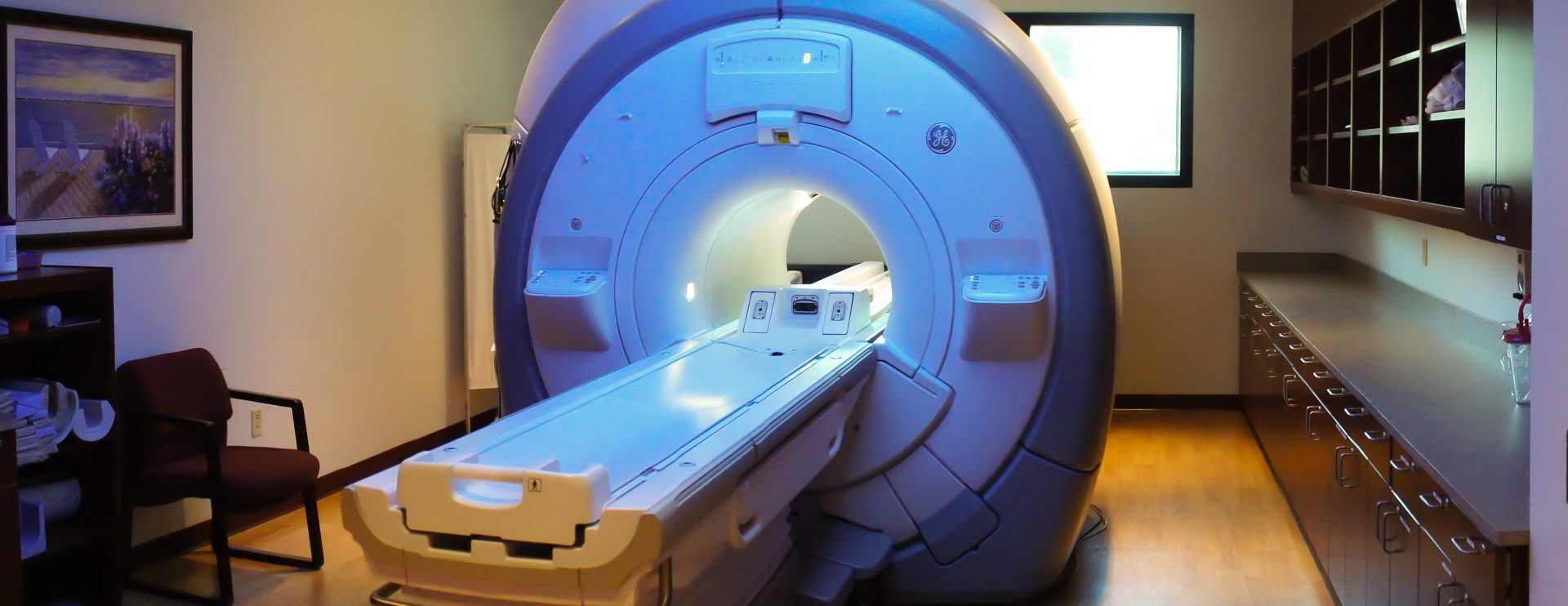July is UV Safety month and we all need reminders on how to stay safe in the sun to protect our skin from UV radiation. UV radiation is proven to cause cancer, both basal cell and squamous cell cancers which are quite common but also very treatable. Melanoma is less common but much more serious as it is more likely to grow and to spread. All these types of skin cancers have been linked to UV rays either from the sun or artificial sources such as tanning beds.
Basal cell and squamous cell skin cancer are common in people that spend a lot of time outdoors either for their job or recreation. People that have had serious sunburns are known to have a higher risk of developing these types of skin cancer, as well as people that have signs of sun damage such as liver spots or rough patches of skin that can be precancerous.
Melanoma is linked to behaviors which include intermittent exposure to sun such as watersports and sunbathing, showing signs of sun damage and previous sunburns. UV radiation has also been shown to cause cancer of the lip or even melanoma of the eye. It is important to learn how to protect yourself and practice safe habits in the sun.
Protect Yourself from Skin Cancer
In the United States, skin cancer is the most common type of cancer with the number of people diagnosed increasing over the last few decades. Early diagnosis is important for successful treatment, while some simple steps can help to greatly reduce your chances of developing these types of skin cancer. The American Cancer Society recommends following the Slip, Slop, Slap and Wrap guidelines which include:
- Slip on a shirt
- Slop on sunscreen
- Slap on a hat
- Wrap sunglasses to protect your eyes
Use sunscreen with an SPF of at least 30. Sunscreens that contain SPF of lower than 15 are now required to include a warning label that states the product may only prevent sunburn and not early skin aging or skin cancer. SPF can be confusing as most people do not apply enough or wear a broad-spectrum sunscreen. An SPF of 30 means that for every 30 minutes exposed to the sun you are receiving the equivalent of 1 minute of exposure to UVB rays.
Broad-spectrum sunscreen protects against UVA and UVB rays, and only broad-spectrum sunscreens which contain an SPF of 15 or above can claim to protect against skin aging and skin cancer, when combined with safe practices.
Enjoy Swimming with Tips to Avoid Injury
Many people enjoy swimming as a form of recreation and a great exercise during the summer months. Just as you protect your skin from the sun, you must also protect your body from injury during any form of exercise. Swimming is a total body workout providing cardio benefits with aerobic activity while improving strength and flexibility. Swimming is gentle on the joints while keeping your body cool, this allows many people to exercise longer than if running or sweating outside or in a gym.
Swimming is a great workout for people with joint pain, back pain, arthritis and can be an important part of aerobic activity for people with diabetes, high blood sugar or cholesterol. Swimming works all muscles including your core, arms, legs, back and glutes. While we rarely think of injuries associated with the low-impact exercise, swimmers are at an elevated risk of developing shoulder injuries. This is true for freestyle swimmers and especially athletes that train vigorously.
Prevent Shoulder Injuries While Swimming
Swimmers shoulder is caused from the repetitive motion of moving the shoulder during swim strokes and causes inflammation and pain. Many people develop this shoulder injury due to overworking the shoulder joint or by using an incorrect technique. One way to prevent swimmer’s shoulder is to practice the proper technique which puts less stress on the shoulder joint.
Building shoulder strength with proper stretching and band exercises is also a great way to help prevent shoulder injuries. Bench push ups is a good way to improve muscle strength with less strain on the shoulders since the upper body is elevated.
A Labrum Tear can occur when swimmer’s shoulder is left untreated and is a much more serious injury which always requires surgery. This serious shoulder injury requires patients to practice motion exercises before getting back to any type of strength training and will put a swimmer out of the water for up to six months. You can prevent this serious injury by practicing safe swimming and warm up techniques, along with using anti-inflammatory medication to reduce swelling and icing the affected area.
Greater Waterbury Imaging Center cares about your health and safety while enjoying the sun and fun this summer. Remember to use SPF to prevent sun damage and practice safe swimming techniques when in the water. Contact us for all your MR imaging needs.



